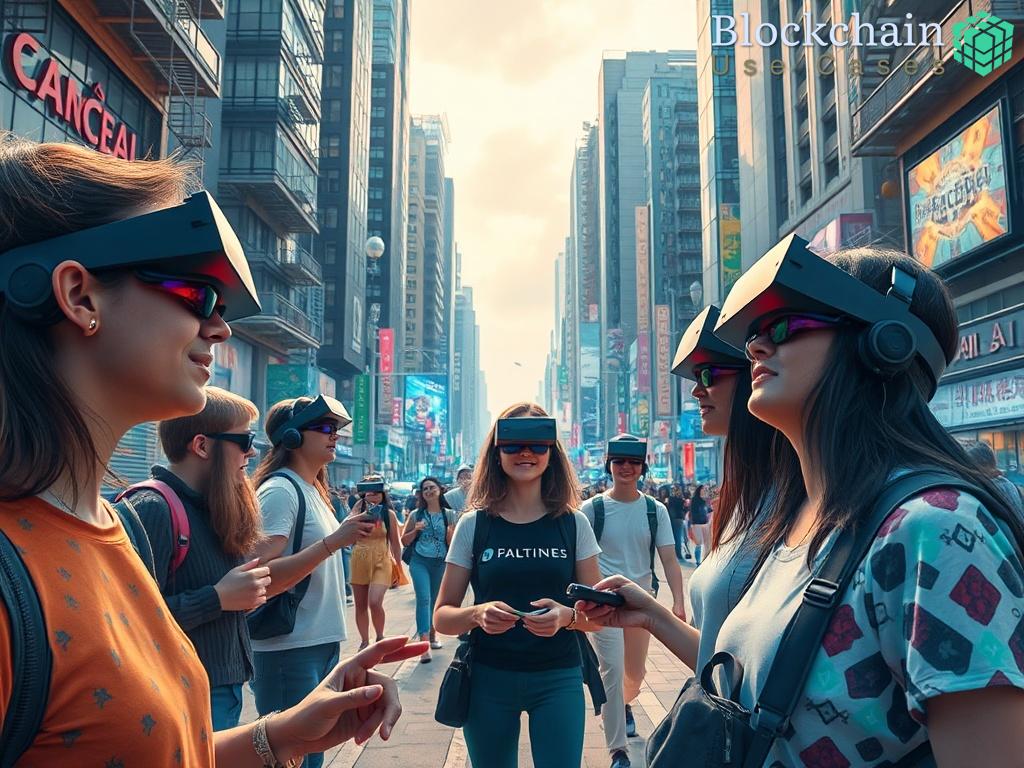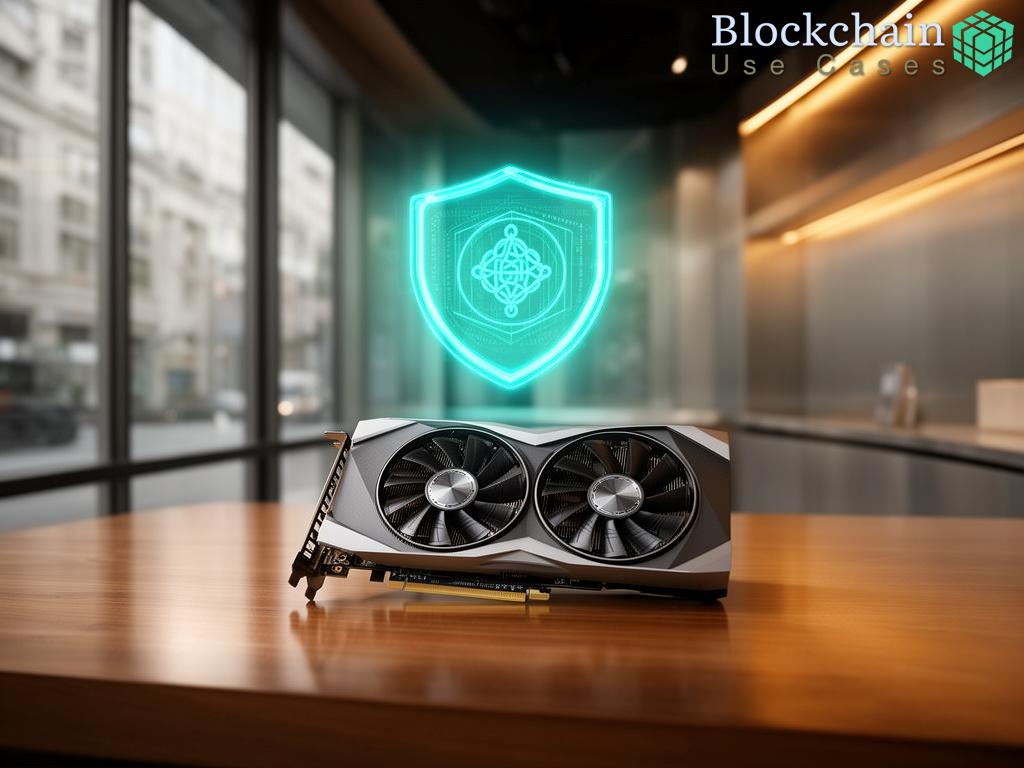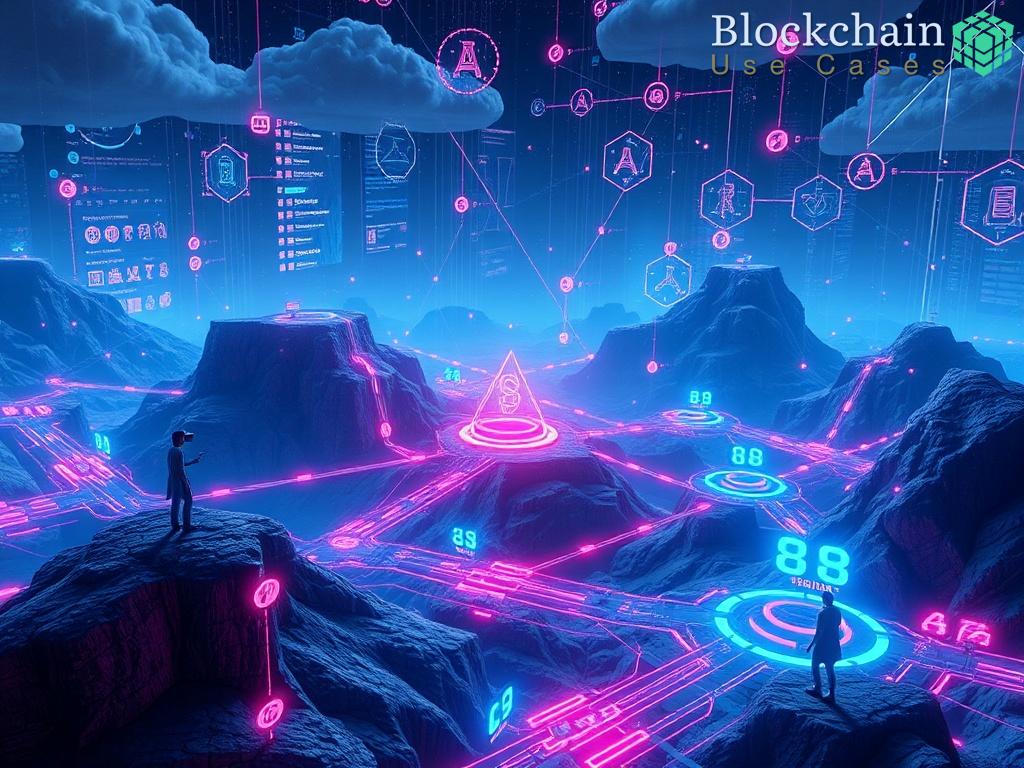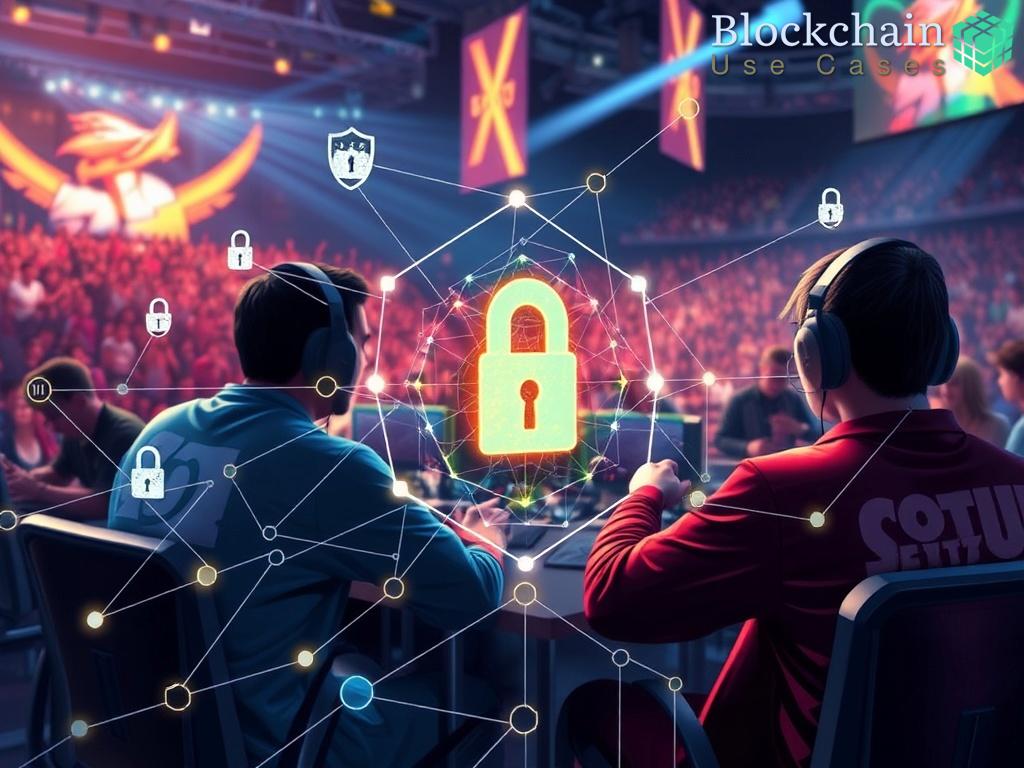Overview of Decentralized AR Gaming Platforms
The gaming industry has witnessed a significant transformation with the advent of decentralized technologies. Unlike traditional gaming platforms that are governed by centralized authorities, decentralized AR gaming platforms empower creators and players alike through blockchain technology. This shift not only enhances user experience but also fosters a more inclusive environment for content creation.
In this article, we will explore the key features of decentralized AR gaming platforms, their advantages over traditional models, and how they are reshaping the landscape of augmented reality gaming.
Decentralized AR gaming platforms offer a unique set of features that distinguish them from their centralized counterparts. These platforms leverage blockchain technology to ensure transparency, security, and ownership of digital assets. The following table highlights the core features that define decentralized AR gaming:
| Feature | Description |
|---|---|
| Ownership of Assets | Players have true ownership of their in-game assets, which can be traded or sold on the open market. |
| Community Governance | Players participate in decision-making processes, influencing the development and policies of the platform. |
| Interoperability | Assets can be used across multiple games and platforms, enhancing usability and value. |
| Transparency | Blockchain technology provides a transparent ecosystem where transactions and ownership are verifiable. |
The transition to decentralized AR gaming platforms offers numerous benefits that cater to both players and creators. By moving away from traditional models, these platforms enable a more dynamic and engaging gaming experience. Below is a list of key advantages:
- Empowerment of Creators: Developers can monetize their content directly without the need for intermediaries, leading to higher profits.
- Enhanced Player Engagement: Players are incentivized to participate in governance and community-driven initiatives, fostering a sense of belonging.
- Innovation in Gameplay: With fewer restrictions, developers can experiment with new ideas and mechanics, pushing the boundaries of gaming.
- Reduced Costs: Decentralized platforms often have lower fees, making it more affordable for developers to launch games.
As the gaming community continues to embrace these platforms, the future of AR gaming looks promising, characterized by creativity, collaboration, and community-driven growth.
Benefits of Blockchain in AR Content Creation
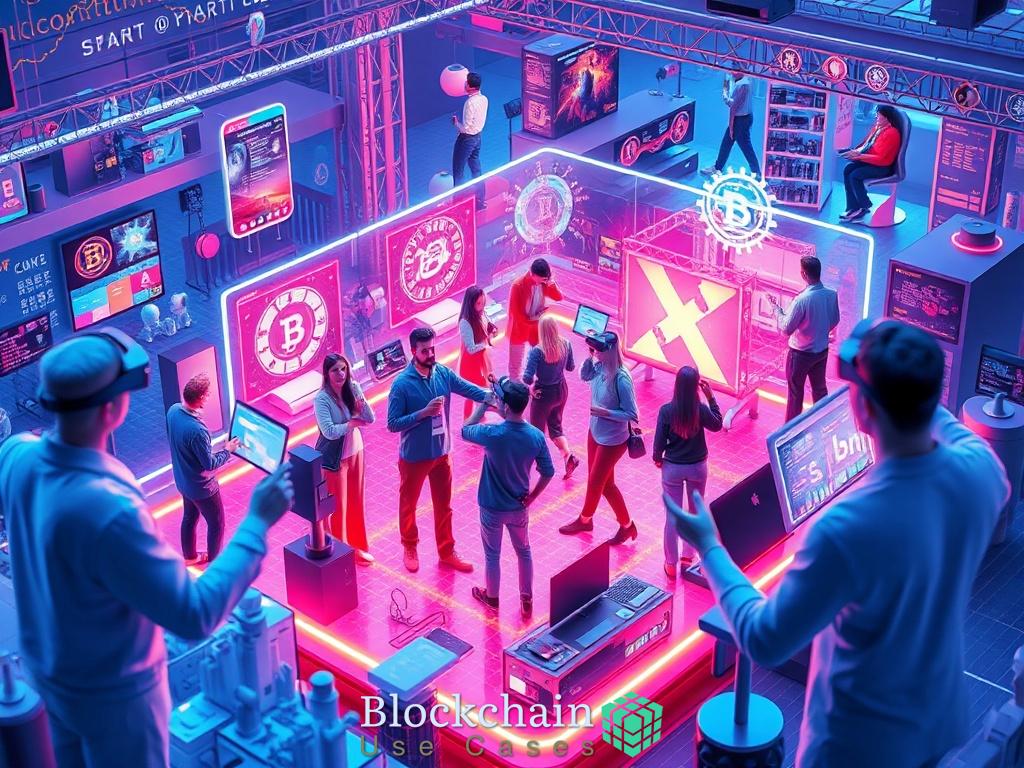
The integration of blockchain technology into augmented reality content creation marks a pivotal moment in the evolution of the gaming industry. This innovative approach not only revolutionizes the way developers and players interact but also significantly enhances the overall quality and accessibility of AR gaming experiences. By leveraging the unique properties of blockchain, creators can ensure a more secure, equitable, and transparent environment that fosters creativity and community engagement.
One of the most compelling advantages of blockchain in AR content creation is the guarantee of true ownership. Unlike traditional platforms where players often face restrictions on their digital assets, blockchain empowers users by enabling them to have complete control over their in-game items. This ownership is secured through cryptographic tokens that represent each digital asset, allowing for seamless trading and transferability across various platforms. Such a system not only increases the value of these assets but also encourages players to invest more time and resources into the games they love.
Moreover, blockchain facilitates a collaborative and participatory ecosystem. By incorporating decentralized governance models, developers can engage their communities in the decision-making process, leading to a more dynamic development cycle. This collaborative approach ensures that the voice of the community is heard, allowing for rapid iterations based on player feedback and increasing overall satisfaction. The ability for players to influence updates and new features creates an inclusive environment that nurtures creativity and innovation.
Transparency is another significant benefit that blockchain brings to AR content creation. Every transaction and interaction on the blockchain is recorded and accessible, providing a clear audit trail that enhances trust among participants. This transparency not only deters fraudulent activities but also reassures creators and players alike that the ecosystem operates fairly and openly. As the gaming landscape becomes more intricate, such reliability is paramount in establishing a sustainable and thriving community.
User Empowerment through Decentralization
The rise of decentralized platforms for augmented reality (AR) gaming content creation heralds a new era where users are placed at the helm of their gaming experiences. This innovative approach not only democratizes access to content creation but also enhances the overall engagement of players within the gaming ecosystem. By leveraging blockchain technology, these platforms enable users to have a direct impact on the development and evolution of the games they love. Here, we delve into how decentralization empowers users, fostering a more interactive and participatory gaming environment.
Redefining Ownership and Control
One of the most significant shifts brought about by decentralized AR gaming platforms is the redefinition of ownership and control over digital assets. Players no longer have to navigate the constraints imposed by centralized entities; instead, they can claim true ownership of their in-game assets through blockchain verification. This empowerment transforms the player experience, as individuals can trade, sell, or even create derivative works based on their assets without fear of losing their rights.
Community-Driven Development
Decentralized platforms prioritize community involvement, allowing players to participate actively in the development process. This model encourages feedback and collaboration, creating a symbiotic relationship between developers and players. Through decentralized governance mechanisms, users can vote on crucial decisions regarding gameplay mechanics, updates, and new features, ensuring that the direction of the game aligns with the desires and interests of its community.
Benefits of User Empowerment in Decentralized AR Gaming
The shift towards user empowerment in decentralized AR gaming presents several compelling benefits:
- Increased Engagement: Players are more likely to invest time and resources in games where they have a voice and stake in the outcome.
- Enhanced Innovation: With community input, developers can create more innovative and tailored gaming experiences that resonate with their audience.
- Economic Opportunities: Players can monetize their skills and creativity by developing content or trading assets, creating new revenue streams within the gaming ecosystem.
- Trust and Transparency: The verifiable nature of blockchain fosters trust, as players can be assured of fair treatment and equal opportunity within the gaming landscape.
In conclusion, the transition towards decentralized platforms for AR gaming not only empowers users but also paves the way for a more vibrant and inclusive gaming community. As players take on more significant roles in shaping their experiences, the potential for creativity, collaboration, and economic growth becomes limitless.
Challenges and Limitations of Decentralized AR Gaming
As the world of decentralized AR gaming continues to expand, it is essential to recognize that this innovative landscape is not without its challenges and limitations. While the benefits of decentralization — such as true ownership and community engagement — are noteworthy, various obstacles can impede the growth and adoption of these platforms. Understanding these challenges is crucial for developers and players alike as they navigate this evolving ecosystem.
Technical Hurdles and Scalability Issues
One of the primary challenges facing decentralized AR gaming platforms is the technical complexity inherent in blockchain technology. The integration of AR with decentralized systems requires sophisticated infrastructure that can handle both the demands of real-time graphics rendering and the intricacies of blockchain transactions. Moreover, scalability remains a significant concern; many blockchain networks struggle to accommodate a large number of simultaneous users, leading to potential delays and suboptimal experiences for players. As a result, developers must continuously innovate and seek solutions to enhance the performance and efficiency of their platforms.
Regulatory Uncertainties and Market Acceptance
Another critical aspect that impacts decentralized AR gaming is the regulatory landscape. As governments around the world grapple with the implications of blockchain technology, the lack of clear regulations can create an uncertain environment for developers and investors. This uncertainty can hinder market acceptance and slow down the integration of decentralized platforms into the mainstream gaming industry. Furthermore, players may be hesitant to fully embrace these innovations until there is a clearer understanding of their legal status and implications. Thus, ongoing dialogue between industry stakeholders and regulators is necessary to pave the way for a more stable and supportive framework.
Community Dynamics and Governance Challenges
While community-driven governance is a hallmark of decentralized AR gaming, it also presents its own set of challenges. The very essence of decentralized platforms relies on active participation from users; however, this can lead to governance issues if the community is not adequately engaged. Disparities in participation may result in a concentration of power among a small group of vocal users, potentially alienating others and stifling diverse perspectives. As platforms evolve, ensuring that every player has a voice in governance decisions is crucial for maintaining an inclusive and balanced ecosystem.
Future Trends in Decentralized AR Gaming Ecosystems
The Rise of Cross-Platform Experiences
As decentralized AR gaming platforms evolve, one of the most promising trends is the emergence of cross-platform experiences. By leveraging blockchain interoperability, developers can create games that allow players to engage seamlessly across various devices and platforms. This means that whether a player is on a mobile device, AR glasses, or a traditional gaming console, they will have the opportunity to participate in the same immersive experiences. This integration fosters a more inclusive gaming environment, where players can connect and collaborate, regardless of their preferred technology. Such developments not only enhance user engagement but also expand the market reach for developers, inviting a broader audience into the decentralized gaming ecosystem.
Innovative Economic Models and Monetization Strategies
The future of decentralized AR gaming is also being shaped by innovative economic models that prioritize player engagement and content creation. Traditional monetization strategies often rely on in-game purchases and advertisements, which can disrupt the gameplay experience. In contrast, decentralized platforms are exploring new avenues for players to earn from their contributions. For instance, play-to-earn models enable players to gain rewards through gameplay, thereby incentivizing active participation. Moreover, creators can monetize their unique assets and experiences directly through blockchain, eliminating the need for intermediaries. This shift not only empowers players but also nurtures a vibrant community of creators who can thrive in a decentralized ecosystem.
Enhanced Community Engagement through Decentralized Governance
Community engagement is at the heart of decentralized AR gaming, and future trends indicate a deeper integration of governance models that amplify player voices. As platforms become increasingly community-driven, developers are likely to implement more sophisticated governance frameworks. These frameworks will allow users to propose and vote on changes, updates, and new features, ensuring that the games evolve in alignment with player desires. This participatory approach not only enhances player satisfaction but also cultivates a sense of ownership and belonging within the community. As players take active roles in shaping their gaming environments, the potential for innovation and creativity is boundless, paving the way for a more dynamic and responsive gaming landscape.

